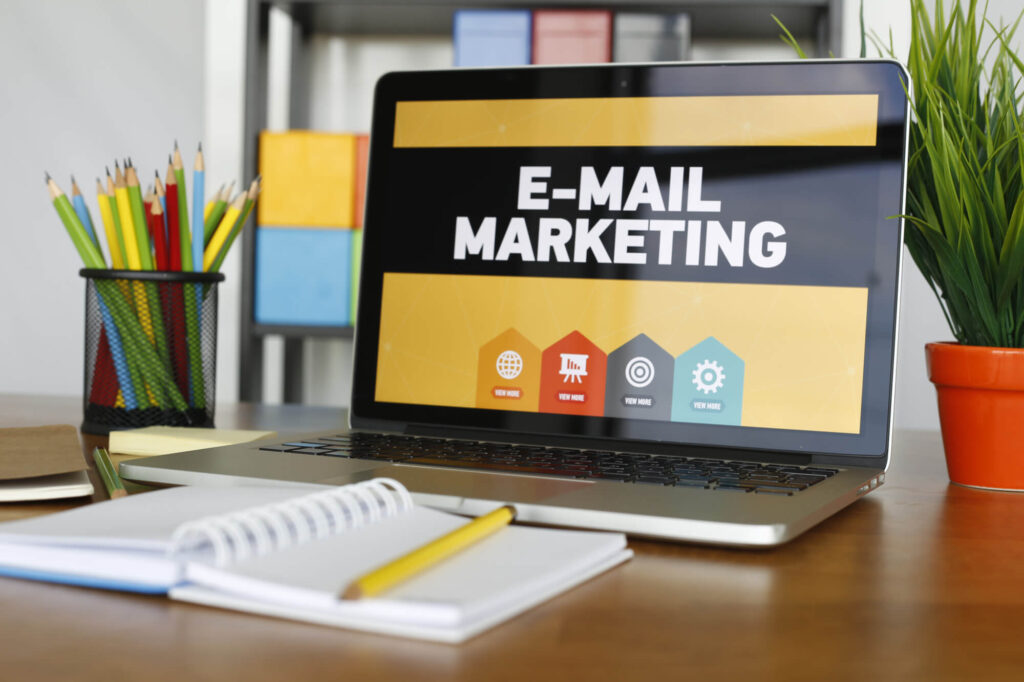
Email Marketing: Attracting New Customers, Increasing Bookings, and Boosting Revenue
Introduction
In the competitive world of luxury hospitality, standing out and delivering personalized experiences to guests is paramount. Email marketing, with its precision and customization capabilities, offers an exceptional tool for luxury hotels and resorts to enhance guest engagement, boost bookings, and increase overall revenue.
1. Direct and Personalized Communication
Email marketing allows luxury hospitality brands to communicate directly with potential and returning guests, providing a platform for personalized messaging that resonates with the individual preferences of each recipient. This personalized approach is particularly effective in the luxury sector, where exclusivity and customization are key drivers of customer loyalty and satisfaction.
- Case Study: Americas Great Resorts lists 6 case studies on the effectiveness of email marketing.
2. Cost-Effective Marketing with High ROI
Compared to other marketing channels, hotel email marketing is remarkably cost-effective, offering a high return on investment (ROI). Luxury hotels can reach a large audience at a relatively low cost, making it an ideal strategy for maximizing marketing budgets while still achieving significant impacts.
- Statistical Insight: According to industry reports, email marketing yields an average return of $42 for every dollar spent, making it one of the most effective marketing tools available.
3. Enhancing Guest Experiences with Timely Offers
Email marketing enables luxury hotels to send timely, relevant offers that enhance the guest experience. Whether it’s a last-minute deal on a room upgrade or an exclusive invitation to a private event, these offers can make guests feel valued and special, encouraging more bookings and higher revenue.
- Example: A luxury boutique hotel in New York City, Public Hotel offers exclusive spa package deals to their email subscribers, enhancing guest experiences and increasing on-site spending.
4. Strengthening Brand Loyalty
Through regular updates and carefully curated content, email marketing helps luxury hospitality brands stay top-of-mind with their clients. This consistent engagement not only helps in maintaining a connection with past guests but also strengthens brand loyalty and advocacy.
- Strategy: Monthly newsletters featuring behind-the-scenes content, upcoming events, and guest testimonials to keep the brand connected with its clientele.
5. Measurable Results and Data-Driven Decisions
One of the greatest advantages of email marketing is its measurability. Luxury hospitality businesses can track open rates, click-through rates, and conversions from each campaign, providing valuable insights that help refine strategies and improve future communications.
- Practical Tip: Use A/B testing on email campaigns to determine the most effective subject lines and email content for your target audience.
Conclusion
For luxury hospitality businesses looking to enhance their customer engagement, increase bookings, and drive revenue, email marketing is not just a tool—it’s a strategic asset. With its ability to deliver personalized, cost-effective, and timely communications, email marketing stands out as a crucial component of any successful marketing strategy in the luxury hospitality industry.











